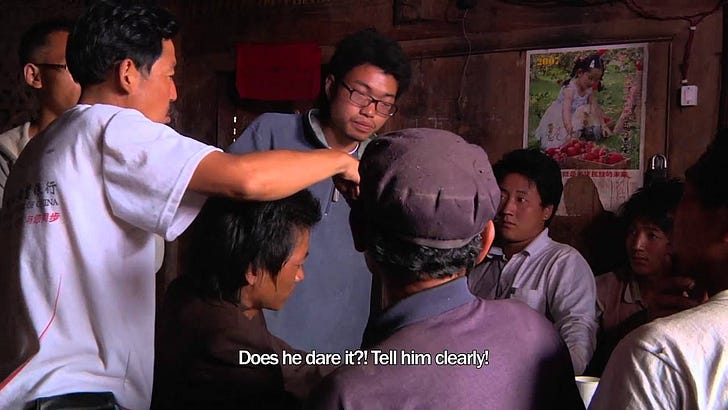The Top 5 Discoveries of DOC NYC 2015
DOC NYC is gigantic. It’s also relatively quite new. This year’s sixth edition of the festival featured over 100 feature films, packed into just a week of screenings. As a result, it’s in something of an odd place. It can be difficult for smaller films to draw attention to themselves, particularly the 20+ world premieres that don’t arrive in New York Ci…
Keep reading with a 7-day free trial
Subscribe to Nonfics to keep reading this post and get 7 days of free access to the full post archives.



